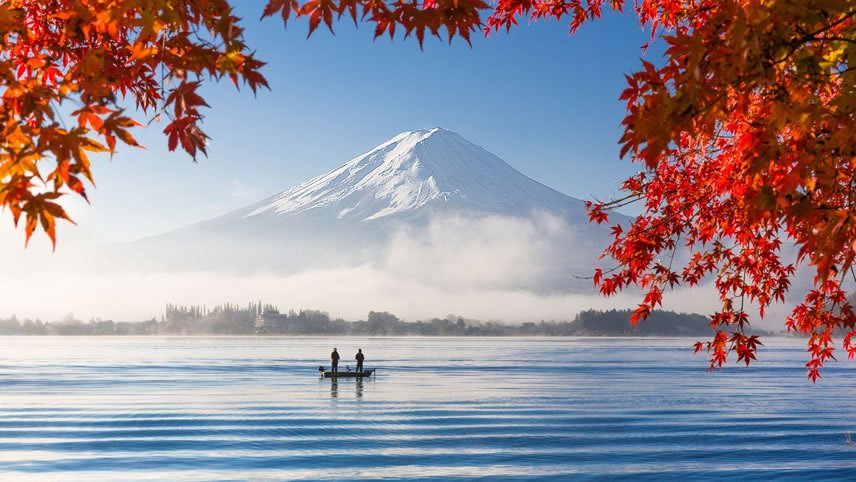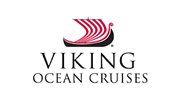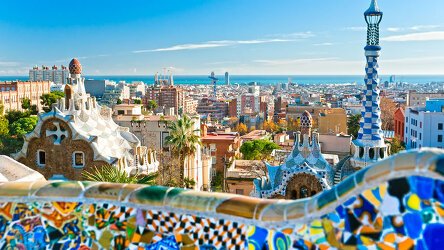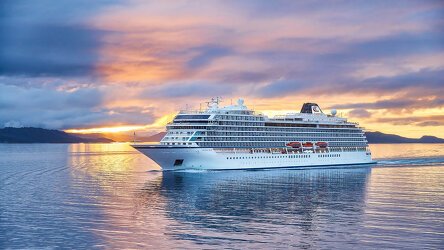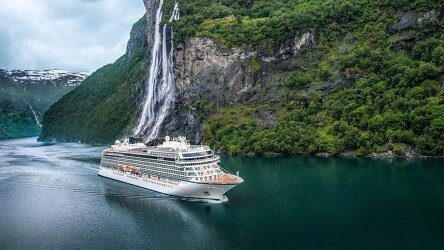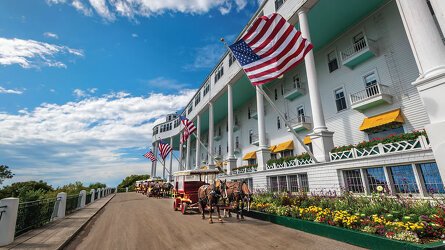Overview
Itinerary
Embark your ship and settle into your stateroom. Yokohama is the gateway to Tokyo, a capital city full of neon splendor and tranquil Shinto shrines, towering skyscrapers and meditative Zen gardens. Founded as the fishing village of Edo, Tokyo's history was shaped by emperors and shoguns. As the Edo period progressed, it grew into one of the world's largest cities, as it remains today. Tokyoites embrace the traditional and the cosmopolitan, both worshipping at the Asakusa Kannon Temple and frequenting the high-end retail stores of the Ginza district, all while the distant symmetrical cone of Mt. Fuji watches over the city.
Shimizu is a scenic city set on Suruga Bay, watched over by Mt. Fuji. It has long been a thriving harbor town and prospered during the Edo period. Today, its economy stands upon a vast fishing industry and on the export of green tea, whose leaves are cultivated in nearby hills. Beyond the city limits, wide plains reach coastal hills, and to the original burial place of the nation's first shogun. This Shinto shrine, Kunōzan Tōshō-gū, is Japan's oldest. With its flamboyant design, it is dedicated to Tokugawa Ieyasu, the leader who unified Japan after years of civil war.
Osaka is located at the mouth of the Yodo River and is second only to Tokyo in size and cultural landmarks. For centuries, it prospered because of its mercantile economy. During the Edo period, it introduced agriculture, particularly rice, to its exports and was soon known as 'the nation's kitchen.' The city is home to some of Japan's oldest Shinto shrines. Its Sumiyoshi Grand Shrine is the flagship of 2,000 others spread throughout Japan. Each honors the guardian deity of sailors and the deity of prosperity, but the one here is the most majestic.
Osaka, set in the heart of Honshu Island's Kansai region, boasts dynamic street life and culinary offerings. Known as Japan's street food capital, the city's chefs have taken this style of comfort food to a new level; the term kuidaore ('eat until you drop') is used to describe Osaka's food culture. Vendors sell local favorites, including takoyaki ('grilled' octopus'), and okonomiyaki, a popular pancake-like dish consisting of shredded cabbage and ingredients such as squid, prawns or meat, served with okonomiyaki sauce, mayonnaise and katsuobushi ('dried tuna flakes').
Kochi, the vibrant capital of Kochi Prefecture on Shikoku Island, is a city where history and nature gracefully intertwine. Kochi boasts the elegant Kochi Castle, one of Japan's few remaining original castles, offering a glimpse into the country's feudal past amid a modern cityscape. Nearby Muroto UNESCO Global Geopark features a dramatic coastline showcasing geological wonders that tell the Earth's history, as well as lush natural beauty. The city's culinary scene is renowned, with katsuo tataki (seared bonito) taking center stage, reflecting a deep connection to the sea.
Miyazaki, set along the southeastern shores of the island of Kyushu, is known for its warm year-round climate and as Japan's sunniest city. Steeped in history—the shrine dedicated to Japan's first emperor resides here—Miyazaki is also important to Japanese mythology. Legend says nearby Takachiho, a stunning gorge with sheer cliffs and a cascading waterfall, is where the gods descended to Earth to create Japan. The surrounding prefecture is famous for raising Wagyu cattle, its highly prized beef famed for its exquisite marbling, mouthwatering tenderness and unique flavor.
Hiroshima was founded in 1589 and grew to become one of Japan's most important educational and industrial centers. Military supplies were later exported from here, an industry that would seal the city's fate at the end of World War II, when an atomic bomb was dropped here on August 6, 1945. It is hard to imagine the destruction today, so modern and forward-looking are its streets and its people. In Peace Memorial Park, the hollowed dome of the former Industrial Promotion Hall symbolizes the city's hope that nuclear weapons will never be used again.
Hiroshima's delta is divided into several islets. It was upon one of these islets that Mōri Terumoto (1553–1625), a feudal lord who ruled over much of the Chūgoku region, constructed Hiroshima Castle. This solidified the city as a jōkamachi ('castle town'). Although the castle had successfully survived into the 20th century, it was unable to withstand the atomic bombing of the city during World War II. In 1958, Hiroshima Castle was restored to its original splendor, complete with a main keep and moat. Today, it houses a museum providing insight into the city's rich history.
Located on its namesake island off the southern coast of the Korea Peninsula, Jeju is a popular destination due to its inviting semitropical climate. Boasting upscale hotels and attractions, the island is also home to many natural wonders, including waterfalls, white-sand beaches and snowcapped peaks. The surrounding waters provide the resources to create some of Korea's most unique and delicious delicacies, some of which are caught fresh by haenyeo, legendary female free divers that can reach depths of 60 feet or more and hold their breath for three minutes at a time.
The East China Sea is a vital maritime route for international trade and fishing, connecting China, Japan and South Korea. Its history is entwined with regional cultural exchange, shaping the area's heritage and identity. As you sail, take advantage of the array of delicious cuisine offered on board. You may visit Mamsen's, our casual gourmet deli, any time from early morning to late at night for a taste of traditional Norwegian fare. Or, dine at Manfredi's and savor an authentic Italian meal, with options ranging from Milanese risotto to Tuscan inspired classics.
China's largest city and one of the world's most important ports, Shanghai began as a fishing village 5,000 years ago. Long a draw for people from around the world, it has a history of being an open-minded city with a freewheeling character. Today, it is a modern metropolis and center of finance that orbits around its famous Bund, the elegant riverfront promenade overlooked by colonial-era banks and trading houses. Shanghai's old quarter retains the narrow lanes and street markets of yore. The renowned Shanghai Museum contains a wonderful collection of ancient Chinese art.
Traverse the waters of the historic Yellow Sea, once the stage for the Russo-Japanese War of 1904–1905, during which both empires vied for dominance in the region. Enjoy the amenities of your ship as you sail. Perhaps take a breath of fresh air on a brisk walk around the Promenade or begin your day with a workout in the well-equipped Fitness Center.
Qingdao enjoys clear air, sweeping sea views and European influences. Once a colony of both Germany and Japan, Qingdao straddles the waters of Jiaozhou Bay. With its proximity to Korea and Japan, it is also one of China's most important trade centers. The city's German and Japanese structures have been preserved in Ba Da Guan, or 'Eight Great Passes,' a district of grand mansions whose streets are named for ancient military fortresses. European half-timbered houses also dot the streets of Qingdao and Germany's beer-brewing tradition dates to the days of Kaiser Wilhelm II.
Dalian enjoys a privileged stature as one of China's most livable cities. Its picturesque setting and numerous parks help to create a friendly, welcoming atmosphere. Throughout its long history, several foreign nations called it their own, thanks to its strategic position on the Liaodong Peninsula on Korea Bay. The British and Japanese each controlled the port at various points, and Russia built a port city here at the turn of the 20th century due to the bay's ice-free waters. Today, a relaxed manner prevails in this city of modern skyscrapers and colonial gems.
After breakfast, disembark your ship and journey home.
Life Onboard Viking Yi Dun
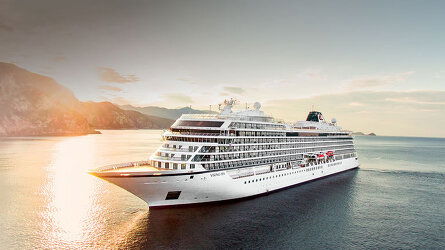
Formally known as Viking Sun, the reimagined Viking Yi Dun invites travellers on an unparalleled journey through China, offering an intimate and immersive cruising experience. Read more
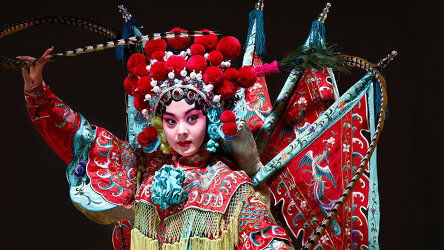
Viking are destination experts. With no casinos or children on board, you can be assured that the focus is firmly on enrichment and education. Read more
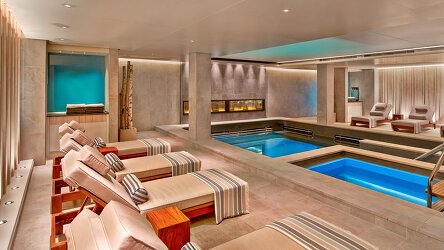
After a day of exploration or just to enhance the relaxation of a day at sea, the on-board Spa will leave you feeling recharged and revitalized. Read more
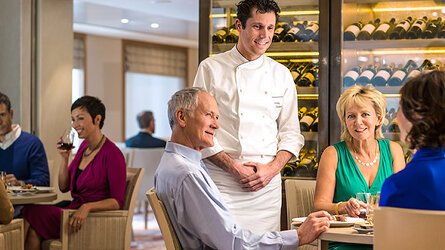
Viking offer eight on board dining options. Beer, wine and soft drinks are available with lunch and dinner at no additional charge of fee. Read more

Viking proudly includes all that you need and nothing you do not. A variety of features and services valued at $200 per person per day are standard inclusions in your cruise. Read more
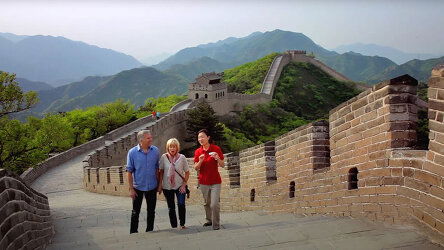
Viking include one complimentary shore excursion in every port of call. Enjoy exclusive entry to cultural treasures and seldom-seen collections around the world. Read more

Trip Reviews (1) Most Recent 'Jewels of Japan & China' Reviews
The tours were outstanding. The lectures very interesting and the entertainment was unbelievable. Pickups , transfer and flights well organised by Tracey at Global Journeys. Looking forward to our next cruise next year.
Brochure
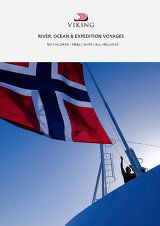
Viking River, Ocean & Expedition Voyages (2025-27)
Availability
 USD
Port charges, taxes and fees included.
USD
Port charges, taxes and fees included.
Viking Cruise $25 Deposits!
Tour & cruises prices are per person. Prices shown have savings applied, are subject to availability and may be withdrawn at any time without notice. Pricing and trip details are correct at this point in time, however are subject to confirmation at the time of booking and are subject to change by Viking. For cruise itineraries, cabin images are sourced from Viking. These should be treated as indicative only. Cabin inclusions, upholsteries and room layout may differ to the image(s) shown depending on the ship selected and your sailing dates.
